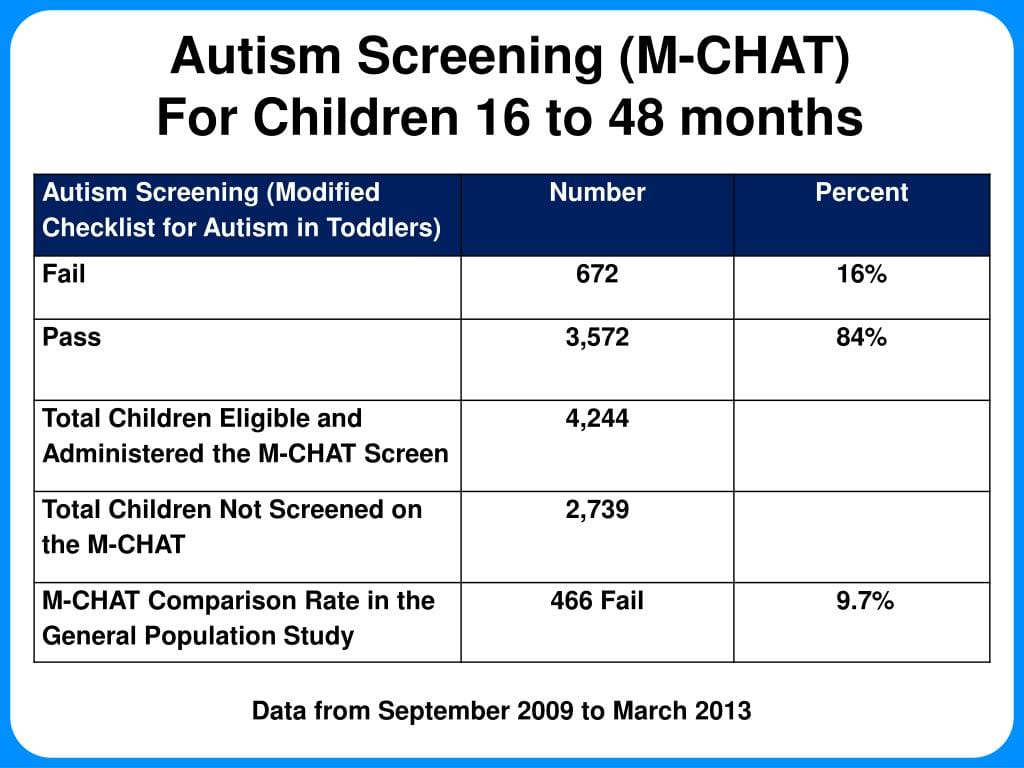Understanding how the Modified Checklist for Autism in Toddlers (M-CHAT) is scored can feel overwhelming, especially when you’re concerned about your child’s development. This guide provides a clear, step-by-step explanation of M-CHAT scoring, empowering both parents and professionals to use this valuable screening tool effectively. Just like working with animals, understanding their behavior takes patience and careful observation. Scoring the M-CHAT is similar—it’s about noticing the details and knowing what they might mean.
Understanding the M-CHAT
The M-CHAT is a screening tool, not a diagnostic test. Think of it as a first alert system, like a dog barking to signal something might be up. It’s designed to identify toddlers who might benefit from a closer look for autism spectrum disorder (ASD). It’s typically administered between 16 and 30 months of age, a critical period in a child’s development.
There are two versions of the M-CHAT: the original M-CHAT and the M-CHAT-R/F (Revised with Follow-Up). Both are questionnaires completed by parents or caregivers. If you’d like to explore more mental health resources, you might find helpful information on Nexis Uni and MyNBME.
Navigating M-CHAT Scores
Scoring the Original M-CHAT
The original M-CHAT consists of 20 yes/no questions. Each “atypical” answer (suggesting a potential concern) receives one point. Here’s how the scores break down:
- 0-2 points: This likely indicates low risk and typical development, like a green light. Routine developmental monitoring is still important.
- 3-7 points: This suggests a moderate risk, like a yellow light. Administer the follow-up interview (M-CHAT/F). If the follow-up reveals two or more concerning items, a referral for a full clinical evaluation and early intervention is recommended.
- 8+ points: This signals a high risk, like a red light, prompting a clinical evaluation involving specialists for a deeper dive.
Scoring the M-CHAT-R/F
The M-CHAT-R/F has 23 yes/no questions. It also incorporates “reverse scoring” for questions 2, 5, and 12. This simply means a “no” answer is typical, while a “yes” is atypical. Here’s the breakdown:
- 0-2 points: Low risk, similar to the original version. Continued monitoring is recommended.
- 3-7 points: Moderate risk. The follow-up interview is crucial here. Two or more concerning answers on the follow-up suggest a referral for early intervention and a diagnostic evaluation is needed.
- 8+ points: High risk, indicating a need for immediate referral for early intervention and a diagnostic evaluation.
Understanding the Importance of Follow-Up
The follow-up interview provides a deeper dive into initial screening results. It explores any areas of concern identified in the questionnaire, helping to clarify the initial results. Like observing an animal’s behavior over time, it gives you a more complete picture.
Key Considerations for M-CHAT Scoring
It’s important to remember:
- Screening, Not Diagnosis: The M-CHAT is a screening tool; it doesn’t diagnose autism. A high-risk score doesn’t automatically equate to an ASD diagnosis. It simply means further evaluation is needed.
- Sensitivity and Specificity: The M-CHAT is designed to be sensitive, casting a wide net to catch as many potential cases as possible. This may lead to false positives.
- Cultural Sensitivity: When administering and interpreting the M-CHAT, consider cultural factors that might influence responses. Just as different animal breeds behave differently, different cultural practices can shape a child’s behavior.
- Ongoing Monitoring: Even with a low-risk score, ongoing developmental monitoring is crucial. Children develop at different paces, and new concerns can emerge over time.
- Professional Guidance: If you have concerns about your child’s development, discuss them with your pediatrician. They can provide guidance, recommend next steps, and connect you with resources.
Empowering Parents and Professionals
The M-CHAT is a valuable tool for early detection and intervention, which can significantly impact a child’s development. By understanding M-CHAT scoring, parents and professionals can work together to ensure toddlers receive the support they need to thrive. Just as we provide tailored care for different animals, we need to understand and support each child’s individual developmental journey. Remember, early intervention can make a world of difference. Don’t hesitate to seek guidance and support; you’re not alone.
- Unlock Elemental 2 Secrets: Actionable Insights Now - April 2, 2025
- Lot’s Wife’s Name: Unveiling the Mystery of Sodom’s Fall - April 2, 2025
- Photocell Sensors: A Complete Guide for Selection and Implementation - April 2, 2025

















1 thought on “Understanding M-CHAT Scoring: A Complete Guide for Parents and Professionals”
Comments are closed.